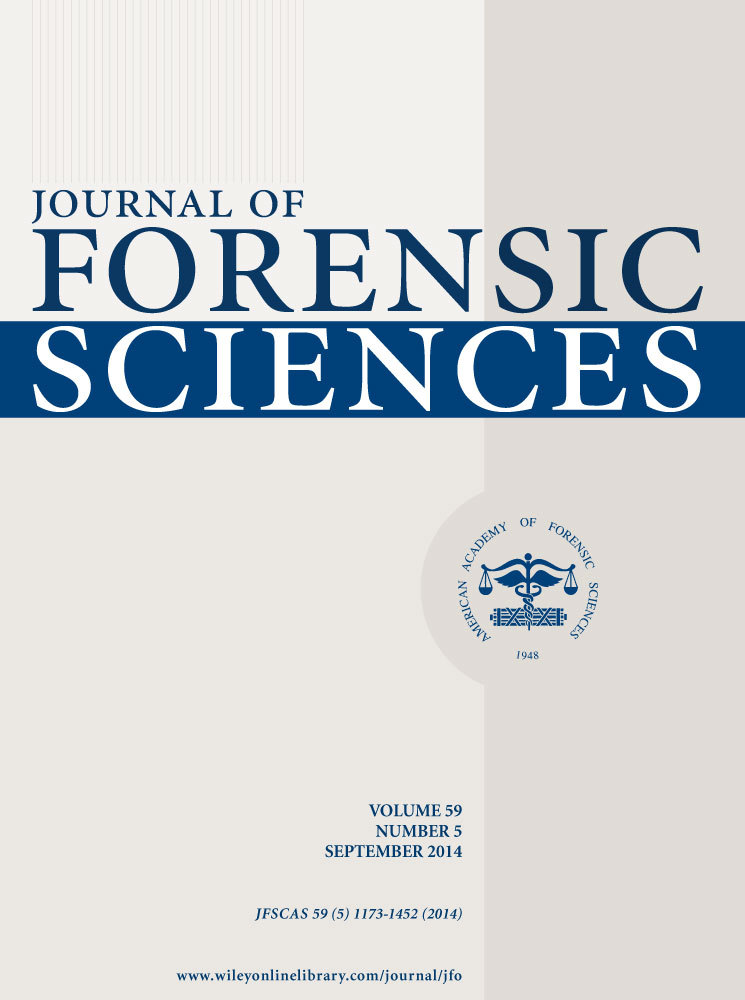Influence of Velocity on Variability in Gait Kinematics: Implications for Recognition in Forensic Science
Abstract
Closed circuit television (CCTV) footage is often available from crime scenes and may be used to compare perpetrators with suspects. Usually, the footage comprises incomplete gait cycles at different velocities, making gait pattern identification from crimes difficult. This study investigated the concurrence of joint angles throughout a gait cycle at three different velocities (3.0, 4.5, 6.0 km/h). Six datasets at each velocity were collected from 16 men. A variability range VR throughout the gait cycle at each velocity for each joint angle for each person was calculated. The joint angles at each velocity were compared pairwise, and whenever this showed values within the VR of this velocity, the case was positive. By adding the positives throughout the gait cycle, phases with high and low concurrences were located; peak concurrence was observed at mid-stance phase. Striving for the same velocity for the suspect and perpetrator is recommended.




